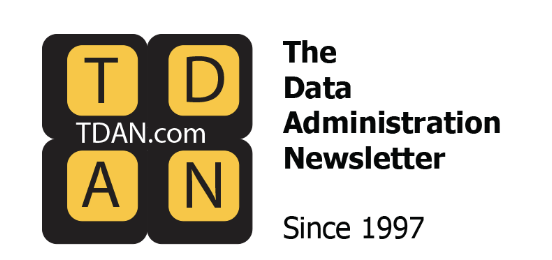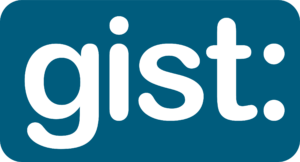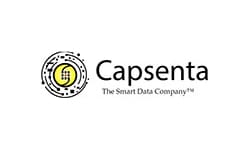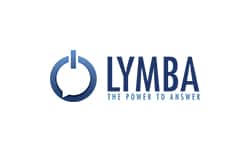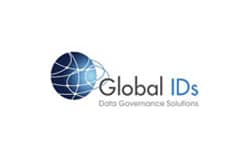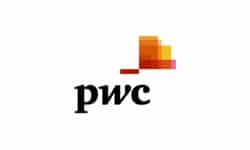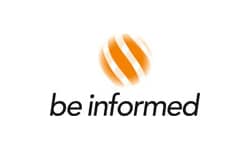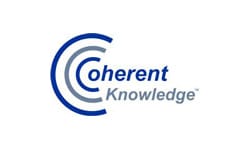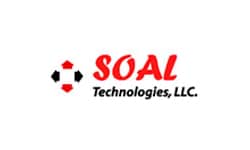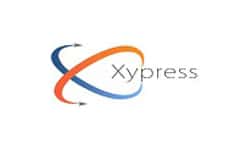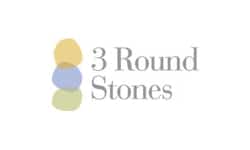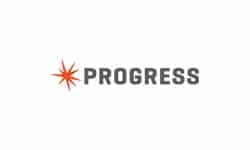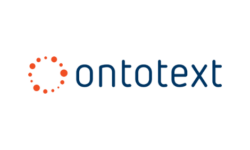Semantic Arts exists to shepherd organizations on their Data-Centric journey.
Our core capabilities include:
• Semantic Knowledge Graph Development and Implementation
• Legacy Avoidance, Erosion, and Replacement
We can help your organization to fix the tangled mess of information in your enterprise systems while discovering ways to dissolve data silos and reduce integration debt.
What is Data-Centric?

Data-Centric is about reversing the priority of data and applications.
Right now, applications rule. Applications own “their” data (it’s really your data, but good luck with that). When you have 1,000 applications (which most large firms do) you have 1,000 incompatible data silos. This serves to further the entrenchment of legacy systems, with no real motivation for change.
Data-Centric says data and their models come first. Applications conform to the data, not the other way around. Almost everyone is surprised at the fundamental simplicity, once it’s been articulated.
It sounds simple, but fifty years of “application-centricity” is a hard habit to break. We specialize in helping firms make this transition. We recognize that in addition to new technology and design skills, a major part of most projects is helping shepherd the social change that this involves.
If you’re fed up with application-centricity and the IT-fad-of-the-month club, contact us.
Read More: What is Data-Centric?
What about those legacy systems?
The move to a more data-centric architecture requires thoughtful planning. Early phases look more like a surgical process of dealing with legacy applications in a way that realizes quick wins and begins to reduce costs, helping to fund future phases. Usually, it looks something like this:
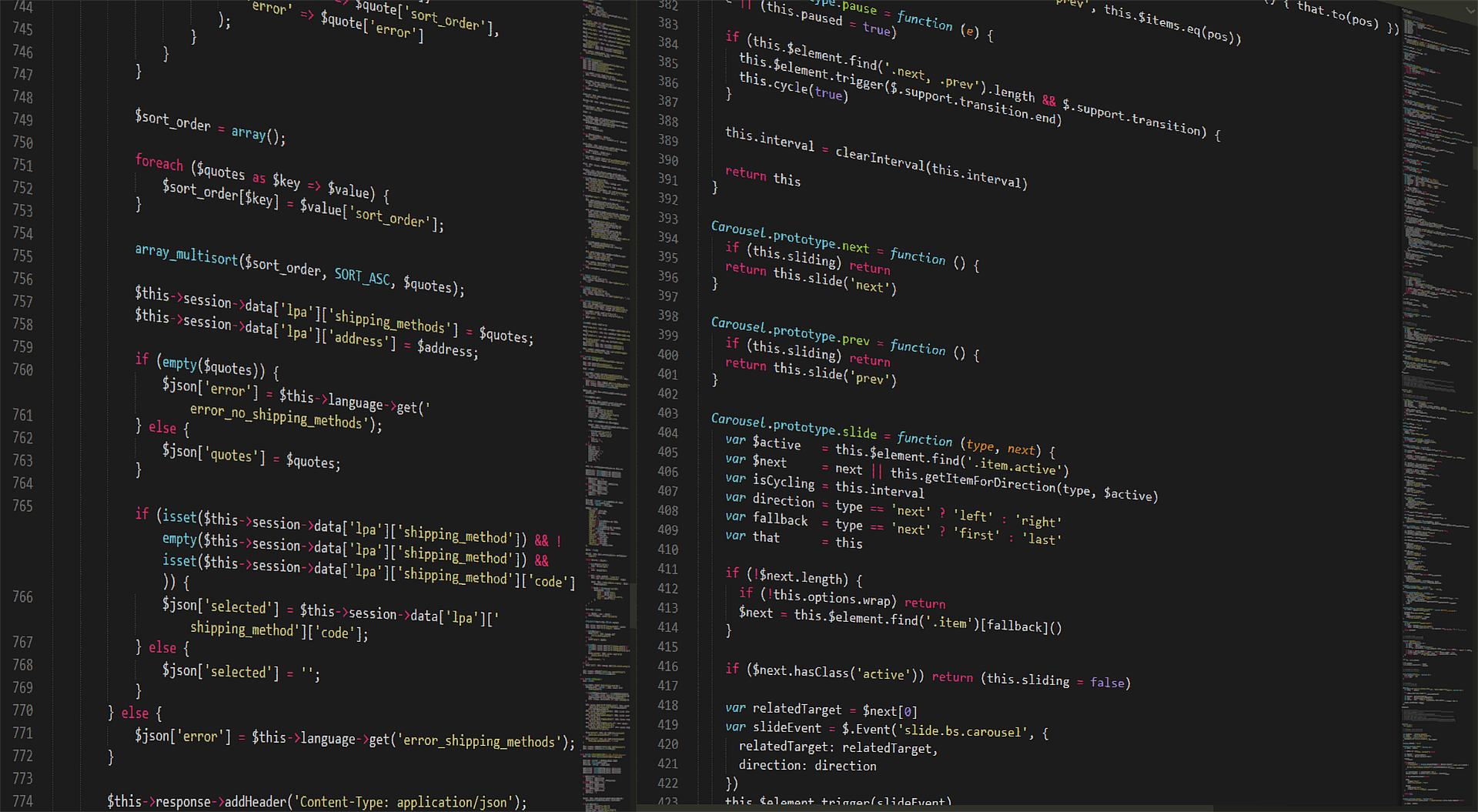
-
Legacy avoidance: The recognition that a firm has slowed down or stopped launching new application systems projects, and instead relies on the data that is in the shared knowledge graph.
-
Legacy erosion: Occurs when firms take use cases that were being performed in a legacy system and instead implement them directly on the graph. Rather than wholesale legacy elimination (which is hard), this approach allows the functionality of the legacy system to be gradually decommissioned.
-
Legacy replacement: Once enough of the data, functionality, and especially integration points have been shifted to the graph, legacy systems can be replaced. Not with “legacy modernization” systems, but with lightweight standalone use cases on the graph.
Read more: Incremental Stealth Legacy Modernization
ABOUT US
<p>Learn more about our mission, our history, and our team.</p>THOUGHT LEADERSHIP
<p>See how we are leading the way towards a data-centric future, and those who have taken note.</p>PROBLEMS WE SOLVE
<p>Discover how we can help you along the journey.</p>Taking a different path STARTS NOW. Become Data-Centric to simplify and enhance your enterprise information landscape:
5 Business Reasons for Implementing a Knowledge Graph Solution
1. Comprehensive data integration
2. Contextualized knowledge discovery
3. Agile knowledge sharing and collaboration
4. Intelligent search and recommendation
5. Future-proof data strategy
Integrating semantic capabilities into enterprise business processes has been the foundational shift that organizations such as Google, Amazon, and countless others have leveraged. The results are tangible: increased market share and revenue, lower costs, better customer experiences, reduced risks, and the promotion of innovation.
Semantic Arts’ professional services deliver true solutions (not gimmicks) for current and future information management challenges.
FROM OUR BLOG
gist Jumpstart
This blog post is for anyone responsible for Enterprise data management who would like to save time and costs by re-using a great piece of modeling work. It updates an earlier blog post, “A brief introduction to the gist semantic model”. A core semantic model, also called an upper ontology, is a common model across... Continue reading→
Data-Centric Revolution: Is Knowledge Ontology the Missing Link?
“You would think that after knocking around in semantics and knowledge graphs for over two decades I’d have had a pretty good idea about Knowledge Management, but it turns out I didn’t. I think in the rare event the term came up I internally conflated it with Knowledge Graphs and moved on. The first tap... Continue reading→
A Knowledge Graph for Mathematics
This blog post is for anyone interested in mathematics and knowledge representation as associated with career progression in today’s changing information eco-system. Mathematics and knowledge representation have a strong common thread; they both require finding good abstractions and simple, elegant solutions, and they both have a foundation in set theory. It could be used as... Continue reading→
The ABCs of QUDT
This blog post is for anyone interested in understanding units of measure for the physical world. The dominant standard for units of measure is the International System of Units, part of a collaborative effort that describes itself as: Working together to promote and advance the global comparability of measurements. While the International System of Units... Continue reading→
Extending an upper-level ontology (like GIST)
Michael Sullivan is a Principle Cloud Solutions Architect at Oracle. Article reprinted with permission (original is here) If you have been following my blogs over the past year or so they you will know I am a big fan of adopting an upper-level ontology to help bootstrap your own bespoke ontology project. Of the available... Continue reading→
The Data-Centric Revolution: Zero Copy Integration
I love the term “Zero Copy Integration.” I didn’t come up with it, it was the Data Collaboration Alliance, that came up with that one. The Data Collaboration Alliance is a Canadian based advocacy group promoting localized control of data along with federated access. What I like about the term is how evocative it is.... Continue reading→
Knowledge Graph Modeling: Time series micro-pattern using GIST
Michael Sullivan is a Principle Cloud Solutions Architect at Oracle. Article reprinted with permission (original is here) For any enterprise, being able to model time series is more than just important, in many cases it is critical. There are many examples but some trivial ones include “Person is employed By Employer” (Employment date-range), “Business has... Continue reading→
Alan Morrison: Zero-Copy Integration and Radical Simplification
Dave McComb’s book Software Wasteland underscored a fundamental problem: Enterprise software sometimes costs 1,000 times more than it ought to. The poster child for cost overruns was highlighted in the book was Healthcare.gov, a public registration system for the US Affordable Care Act, enacted in 2010. By 2018, the US Federal government had spent $2.1... Continue reading→
The Data-Centric Revolution: Detour/Shortcut to FAIR
The FAIR principles for data sets are gaining traction, especially in the pharmaceutical industry in Europe. FAIR stands for: Findable, Accessible, Interoperable and Reusable. In a world of exponential data growth and ever-increasing silo-ization, the FAIR principles are needed more than ever. In this article, we will first summarize the FAIR principles and describe the typical roadmap to FAIR.... Continue reading→
The Data-Centric Revolution: An Interview with Dave McComb
Are today’s economics of software projects and support inevitable? No. They are a product of the fact that the industry has collectively chosen the application-centric route to implementing new functionality. When every business problem calls for a new application and every new application comes with its own database, what you really get is runaway complexity.... Continue reading→
gist: 12.x
gist: is our minimalist upper ontology. It is designed to have the maximum coverage of typical business ontology concepts with the fewest number of primitives and the least amount of ambiguity. Our gist: ontology is free (as in free speech and free beer–it is covered under the Creative Commons 3.0 attribution share-alike license). You can use as you see fit for any purpose, just give us attribution.


